 web3.0
web3.0
 This article takes stock of 5 DePIN projects that you should pay attention to in the near future
This article takes stock of 5 DePIN projects that you should pay attention to in the near future
This article takes stock of 5 DePIN projects that you should pay attention to in the near future
Original title: "DePIN - A New Paradigm in Crypto"
In the current digital era, the development of decentralized physical infrastructure network (DePIN) The concept is attracting more and more attention. DePIN not only represents a new network architecture concept, but also provides a platform for innovation in storage, computing, artificial intelligence, wireless networks and other fields. Through the token incentive mechanism, DePIN stimulates users' enthusiasm to contribute and provide value to the network. At the same time, it shows obvious advantages in resource efficiency, lowering barriers to entry, and decentralization.
Recently, several projects based on the DePIN concept have emerged, showing great potential and innovation in fields such as decentralized storage and computing. In addition to Filecoin, Helium, Shadow Token and other projects opening up new application scenarios, they also provide powerful case studies for the practical application and development of decentralized networks. The success of these projects fully demonstrates the practicality and innovation of DePIN.

What is DePIN?
DePIN (Decentralized Physical Infrastructure Networks, decentralized physical infrastructure network) is a term proposed by Messari, which refers to networks that aggregate and provide services or resources to users, ultimately matching the supply and demand of specific resources. . This concept covers two categories: physical basic network and digital resource network. Under these two categories, it also includes storage, computing, artificial intelligence, wireless networks, imaging and map production and other fields. The DePIN protocol uses a token reward mechanism to motivate and motivate users to contribute and provide value to the entire network. Word Count: 96
DePIN protocol has advantages in several aspects:
1. Resource efficiency: Providers with underutilized assets can “rent” these resources to other consumers, ensuring Idle resources are not wasted.
Reducing the entry threshold through DePIN effectively lowers the entry threshold for obtaining certain resources. For example, imagine if there is a need to perform a task using some specific GPUs, which are not readily available on the open market, users can easily "rent" computing power from a suitable provider without having to worry about purchasing hardware components.
3. Decentralization: Users of the service do not have to worry about the downtime faced by centralized entities.
According to data on CoinGecko, the market capitalization of the DePIN category witnessed a 35% growth in the space, showing its strong performance and room for future growth.
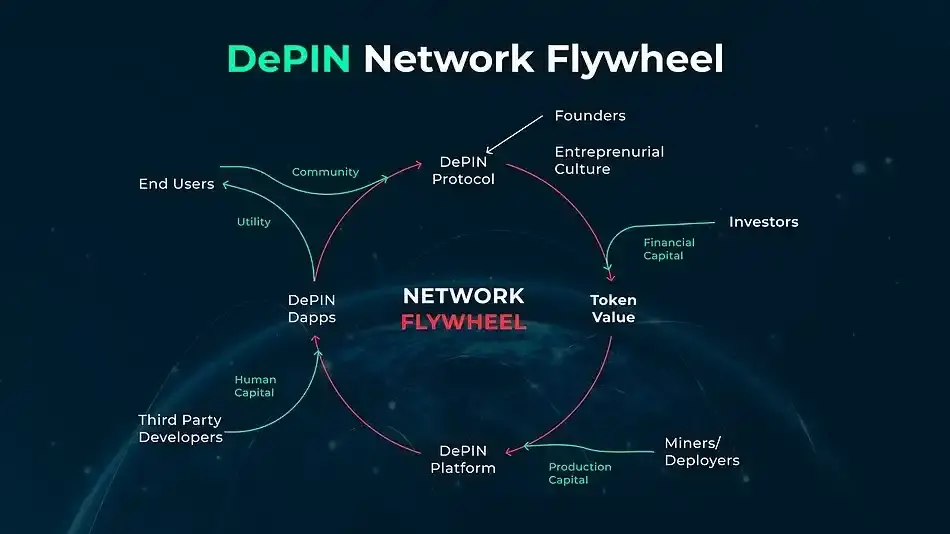
Reasons for needing DePIN
According to information from CoinGecko, DePIN allows facilities to grow capacity in a more flexible manner. Networks can add resources without increasing the capacity of each resource. This provides good flexibility and facilities built using this system can easily scale up or down based on demand. Blockchain can also control available resources and ration demand.
In times of low demand, some providers may experience lower workloads. In high demand situations, the network can reactivate dormant resources, add more instances, and increase the capacity of the entire network without any changes. Depending on available dormant resources and DePIN's provisioning system, a system like this can be infinitely scalable.
Like DeFi, DePIN is also decentralizing the infrastructure system, shifting from enterprises to individuals collectively investing resources to build facilities. The system distributes control of the facility to different providers, similar to miners in a PoW network.
DePIN is like a DAO in the industry. Everyone in the system contributes resources and has relative control rights based on their capabilities. In a system where every provider has equal capabilities, DePIN becomes a decentralized system or almost decentralized.
DePIN’s pricing model is different compared to traditional facilities. Factors affecting pricing models include private providers' costs of operating their respective facilities and other network-related factors. The additional charges for the platform may be less as it does not cost the platform itself anything to provide these facilities.
Overall, DePIN’s pricing model is expected to be cheaper, and pricing is expected to be fair as it takes into account fundamental factors without unfair price inflation, which is often the case with operations operated by centralized institutions. facilities associated. For a system driven by people, DePIN is also more likely to have affordability in mind in its pricing model, rather than as a business.
DePIN Networks cost almost nothing to set up and providers have great flexibility in offering services. For example, a provider can submit its facilities to multiple networks. Users also pay fair prices for the services they receive from the network. DePIN aims to provide the best possible service at the lowest possible cost, providing a cost-effective system.
Anyone can contribute their resources to DePIN. On the user side, anyone can also access the services provided by DePIN. There is no price haggling or user screening for these services. Once a provider has the required infrastructure, they can run a provider-side account on DePIN, just like anyone can deploy a liquidity pool on a DEX or easily obtain a loan from the money market.
Incentives are an important tool for DePIN. For providers, they offer a passive or active income opportunity depending on how DePIN works. Individuals can also build income streams primarily from DePIN. Projects like Nunet hope to reduce the amount of dormant computing resources through its AI-powered marketplace for computing power. Providers can earn revenue from facilities that would otherwise go unused.
DePIN Project
Filecoin ($FIL)

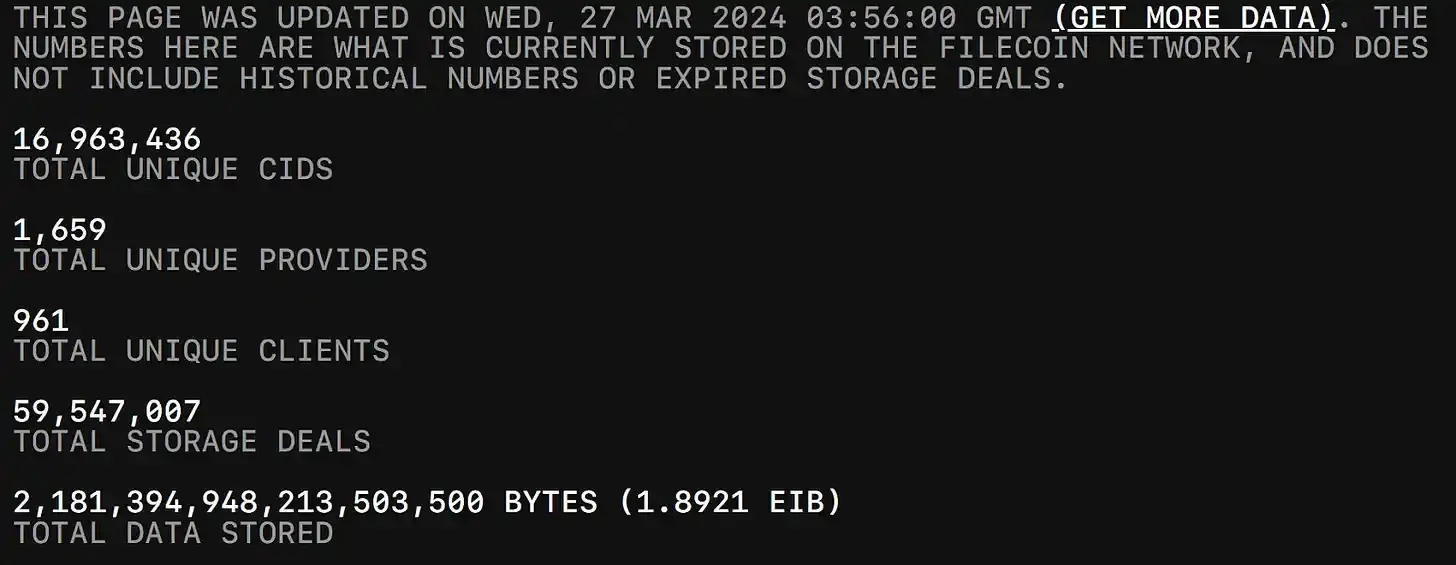
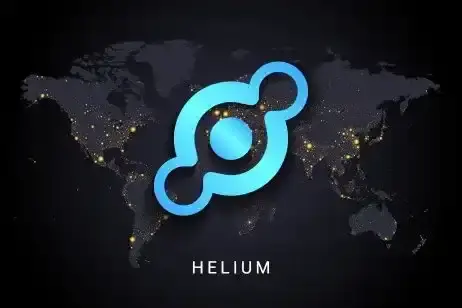

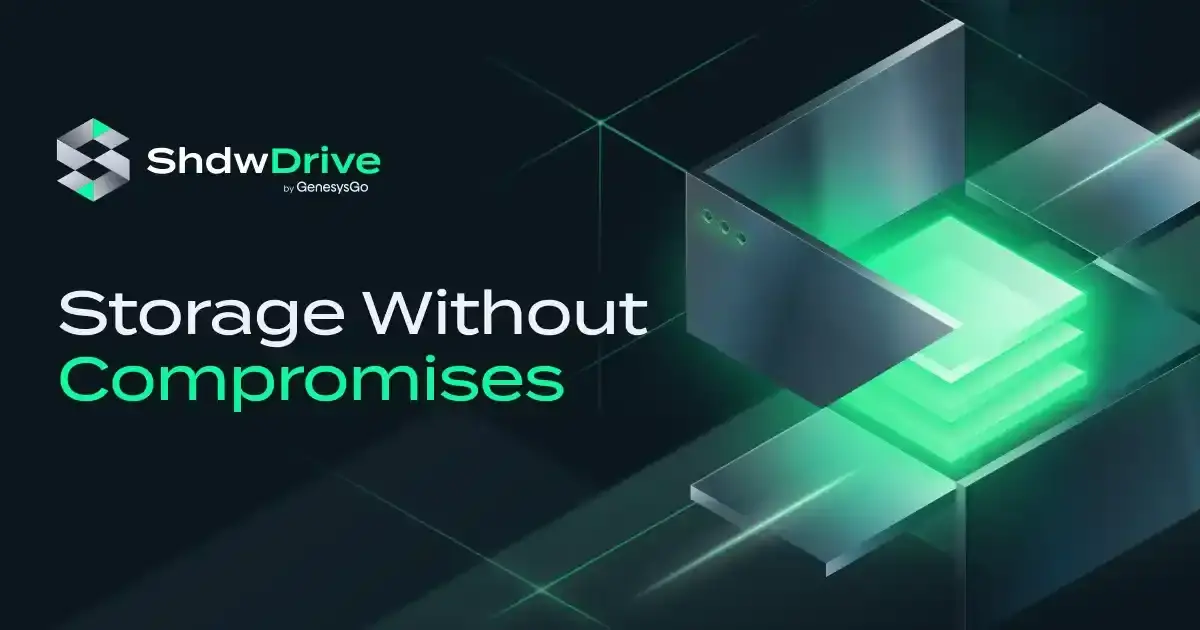
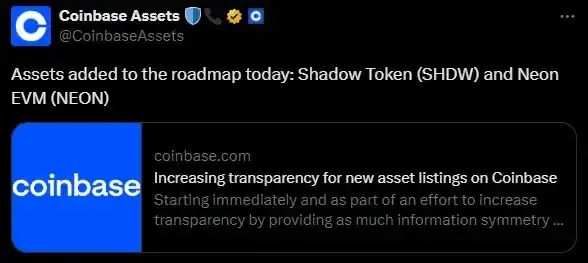
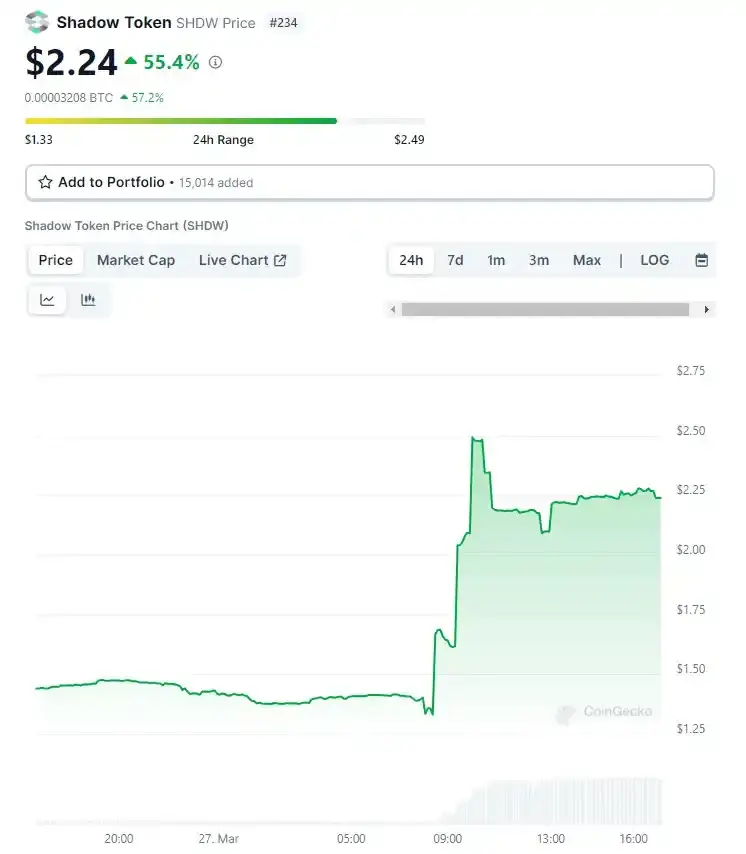
Aethir ($ATH)
Aethir Cloud is a new cloud computing protocol entering the market that will become a new competitor to current decentralized computing giants such as Render and Akash. Aethir is a decentralized platform and aggregator of computing processing power. Aethir connects providers of this computing power with users and consumers who need to use GPU hardware for diverse applications such as AI, ML and cloud gaming.

The Aethir network consists of three parts:
1. Containers
2. Checkers
3. Indexers
A brief description of these components is as follows:
1. Containers are virtual endpoints that perform and render the actual work. The workload of the local device is transferred to the container, providing users with a "zero-latency" experience
2. Checkers can be regarded as "referees" that supervise Containers to ensure the quality of service provided by the network
3. Indexes are a mechanism for matching appropriate Containers according to consumer requests, with the purpose of delivering services in the shortest possible time
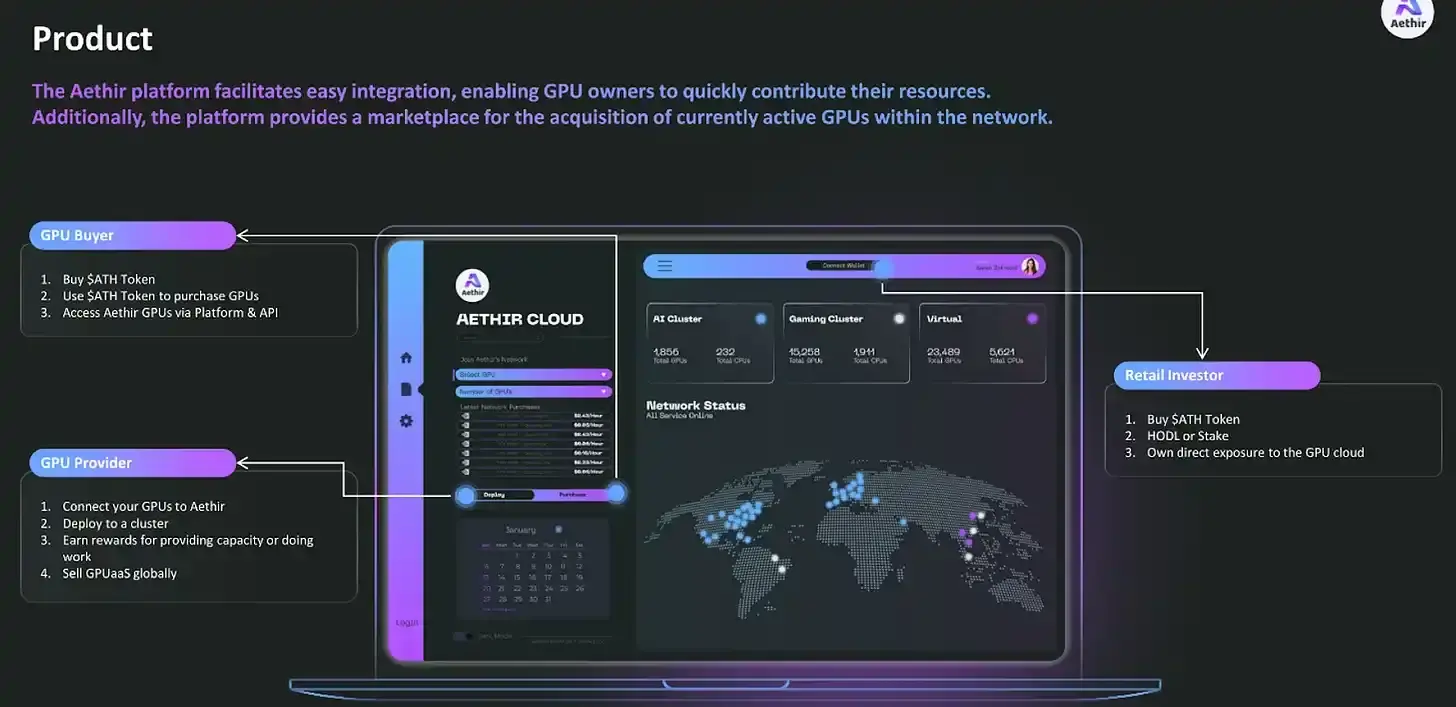
Aethir Cloud acquired Maelstrom and Mirana Ventures and Animoca Brands, among other notable investors. They also raised a whopping $9 million in their latest Pre-Series Series A funding round at a $150 million valuation. Additionally, Aethir held a node sale event for its Checker node, raising over 26.8k ETH.
Grass
Grass is a layer 2 dataset that leverages web scraping nodes to obtain AI training data from different websites for builders to access. Grass has been getting a lot of attention recently as users are running Grass applications and becoming Grass nodes in anticipation of airdrops.
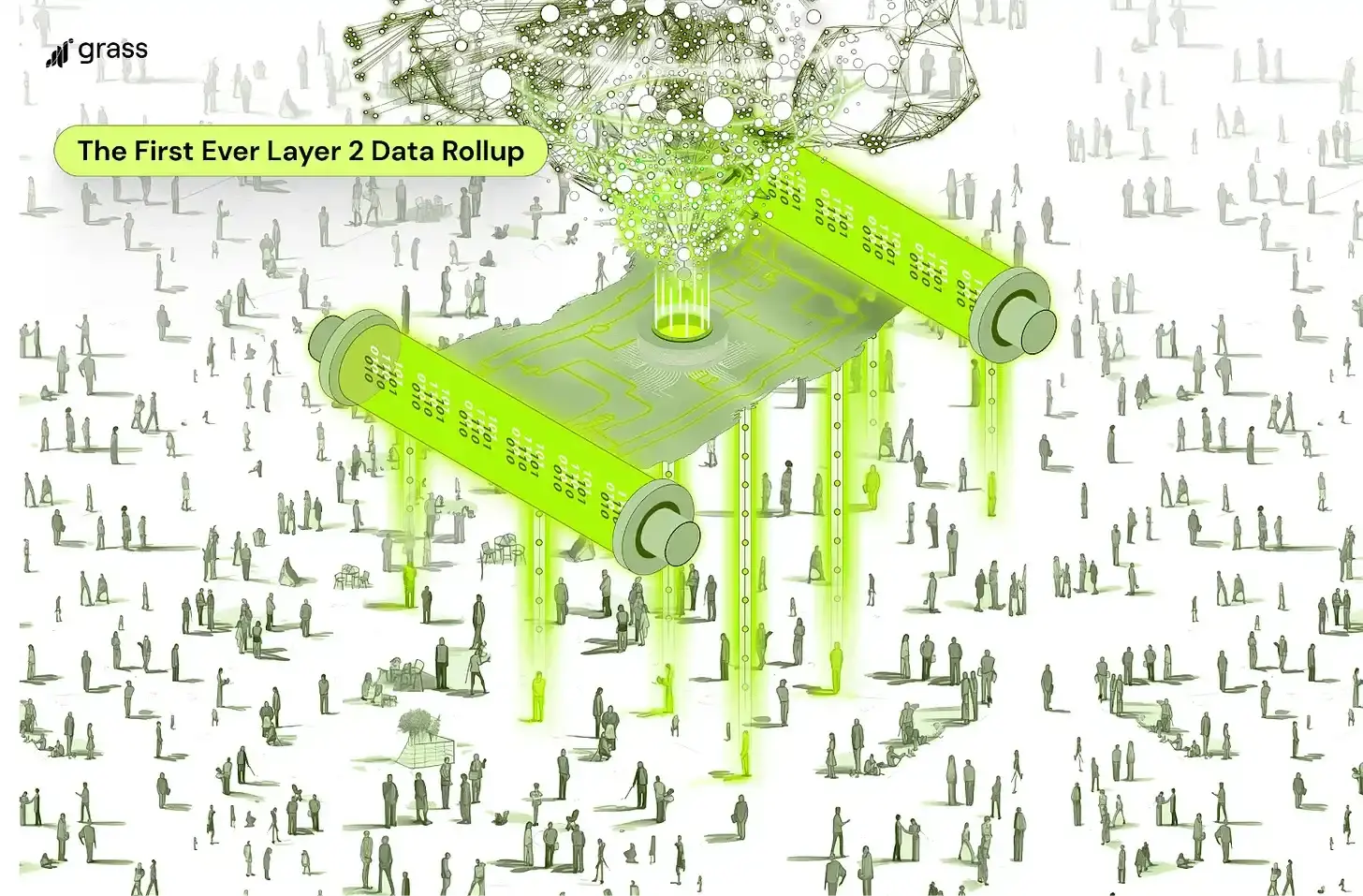
#The working mechanism of Grass is that devices around the world form a network of nodes that specialize in grabbing and processing network data. This data is then transformed into structured datasets for use in AI training.
The data and algorithms behind AI applications are often opaque, leaving users unable to understand how the AI model reaches its conclusions. This lack of data transparency can lead to AI models being accidentally or intentionally trained with wrong or biased data, and Grass can solve this problem.
How does Grass solve these problems? At this time, the second layer of data rollup technology is particularly important. Through this technology, all data captured by the Grass node will be recorded and the source website of the data will be verified. This metadata is then stored in the dataset, increasing confidence in the accuracy of the data. Given the huge throughput required to process such a large amount of data, L2 uses a ZK processor for batch verification of data.
The following is a detailed introduction to the Grass network architecture:
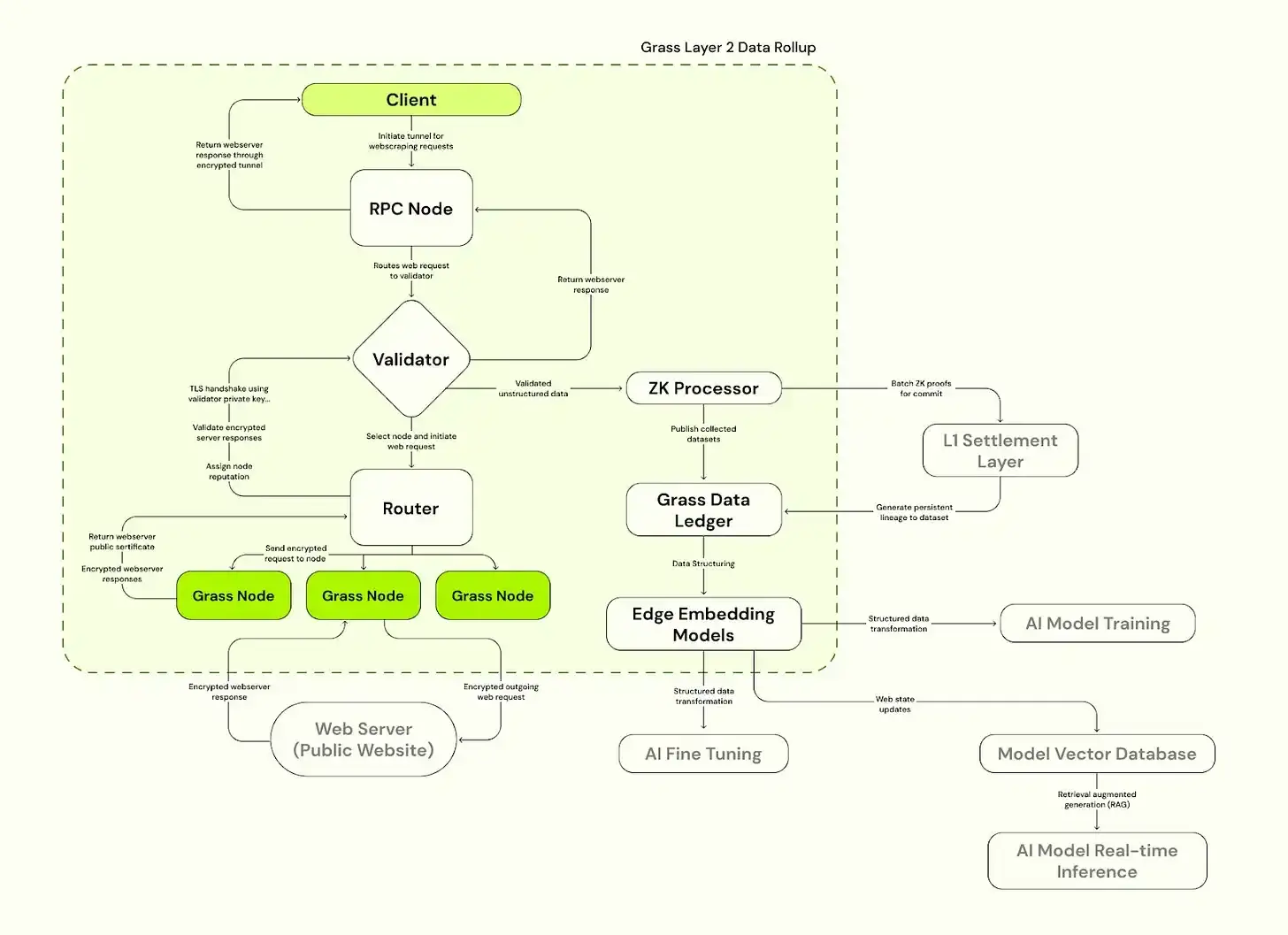
Grass is still running a points program for users running nodes and speculating on airdrops. Grass most recently raised $3.5 million in a seed round on December 20, led by prominent investors including Polychain Capital and Tribe Capital.
The above is the detailed content of This article takes stock of 5 DePIN projects that you should pay attention to in the near future. For more information, please follow other related articles on the PHP Chinese website!

Hot AI Tools

Undresser.AI Undress
AI-powered app for creating realistic nude photos

AI Clothes Remover
Online AI tool for removing clothes from photos.

Undress AI Tool
Undress images for free

Clothoff.io
AI clothes remover

Video Face Swap
Swap faces in any video effortlessly with our completely free AI face swap tool!

Hot Article

Hot Tools

Notepad++7.3.1
Easy-to-use and free code editor

SublimeText3 Chinese version
Chinese version, very easy to use

Zend Studio 13.0.1
Powerful PHP integrated development environment

Dreamweaver CS6
Visual web development tools

SublimeText3 Mac version
God-level code editing software (SublimeText3)

Hot Topics
 1386
1386
 52
52
 What is Ouyi for? What is Ouyi
Apr 01, 2025 pm 03:18 PM
What is Ouyi for? What is Ouyi
Apr 01, 2025 pm 03:18 PM
OKX is a global digital asset trading platform. Its main functions include: 1. Buying and selling digital assets (spot trading), 2. Trading between digital assets, 3. Providing market conditions and data, 4. Providing diversified trading products (such as derivatives), 5. Providing asset value-added services, 6. Convenient asset management.
 okx Ouyi Exchange web version enter link click to enter
Mar 31, 2025 pm 06:21 PM
okx Ouyi Exchange web version enter link click to enter
Mar 31, 2025 pm 06:21 PM
1. Enter the web version of okx Euyi Exchange ☜☜☜☜☜☜ Click to save 2. Click the link of okx Euyi Exchange app ☜☜☜☜ Click to save 3. After entering the official website, the clear interface provides a login and registration portal. Users can choose to log in to an existing account or register a new account according to their own situation. Whether it is viewing real-time market conditions, conducting transactions, or managing assets, the OKX web version provides a simple and smooth operating experience, suitable for beginners and veterans. Visit OKX official website now for easy experience
 gate.io latest registration tutorial for beginners
Mar 31, 2025 pm 11:12 PM
gate.io latest registration tutorial for beginners
Mar 31, 2025 pm 11:12 PM
This article provides newbies with detailed Gate.io registration tutorials, guiding them to gradually complete the registration process, including accessing the official website, filling in information, identity verification, etc., and emphasizes the security settings after registration. In addition, the article also mentioned other exchanges such as Binance, Ouyi and Sesame Open Door. It is recommended that novices choose the right platform according to their own needs, and remind readers that digital asset investment is risky and should invest rationally.
 The latest registration tutorial for gate.io web version
Mar 31, 2025 pm 11:15 PM
The latest registration tutorial for gate.io web version
Mar 31, 2025 pm 11:15 PM
This article provides a detailed Gate.io web version latest registration tutorial to help users easily get started with digital asset trading. The tutorial covers every step from accessing the official website to completing registration, and emphasizes security settings after registration. The article also briefly introduces other trading platforms such as Binance, Ouyi and Sesame Open Door. It is recommended that users choose the right platform according to their own needs and pay attention to investment risks.
 How to roll positions in digital currency? What are the digital currency rolling platforms?
Mar 31, 2025 pm 07:36 PM
How to roll positions in digital currency? What are the digital currency rolling platforms?
Mar 31, 2025 pm 07:36 PM
Digital currency rolling positions is an investment strategy that uses lending to amplify trading leverage to increase returns. This article explains the digital currency rolling process in detail, including key steps such as selecting trading platforms that support rolling (such as Binance, OKEx, gate.io, Huobi, Bybit, etc.), opening a leverage account, setting a leverage multiple, borrowing funds for trading, and real-time monitoring of the market and adjusting positions or adding margin to avoid liquidation. However, rolling position trading is extremely risky, and investors need to operate with caution and formulate complete risk management strategies. To learn more about digital currency rolling tips, please continue reading.
 ok official portal web version ok exchange official web version login portal
Mar 31, 2025 pm 06:24 PM
ok official portal web version ok exchange official web version login portal
Mar 31, 2025 pm 06:24 PM
This article details how to use the official web version of OK exchange to log in. Users only need to search for "OK Exchange Official Web Version" in their browser, click the login button in the upper right corner after entering the official website, and enter the user name and password to log in. Registered users can easily manage assets, conduct transactions, deposit and withdraw funds, etc. The official website interface is simple and easy to use, and provides complete customer service support to ensure that users have a smooth digital asset trading experience. What are you waiting for? Visit the official website of OK Exchange now to start your digital asset journey!
 How to calculate the transaction fee of gate.io trading platform?
Mar 31, 2025 pm 09:15 PM
How to calculate the transaction fee of gate.io trading platform?
Mar 31, 2025 pm 09:15 PM
The handling fees of the Gate.io trading platform vary according to factors such as transaction type, transaction pair, and user VIP level. The default fee rate for spot trading is 0.15% (VIP0 level, Maker and Taker), but the VIP level will be adjusted based on the user's 30-day trading volume and GT position. The higher the level, the lower the fee rate will be. It supports GT platform coin deduction, and you can enjoy a minimum discount of 55% off. The default rate for contract transactions is Maker 0.02%, Taker 0.05% (VIP0 level), which is also affected by VIP level, and different contract types and leverages
 What are the recommended websites for virtual currency app software?
Mar 31, 2025 pm 09:06 PM
What are the recommended websites for virtual currency app software?
Mar 31, 2025 pm 09:06 PM
This article recommends ten well-known virtual currency-related APP recommendation websites, including Binance Academy, OKX Learn, CoinGecko, CryptoSlate, CoinDesk, Investopedia, CoinMarketCap, Huobi University, Coinbase Learn and CryptoCompare. These websites not only provide information such as virtual currency market data, price trend analysis, etc., but also provide rich learning resources, including basic blockchain knowledge, trading strategies, and tutorials and reviews of various trading platform APPs, helping users better understand and make use of them


